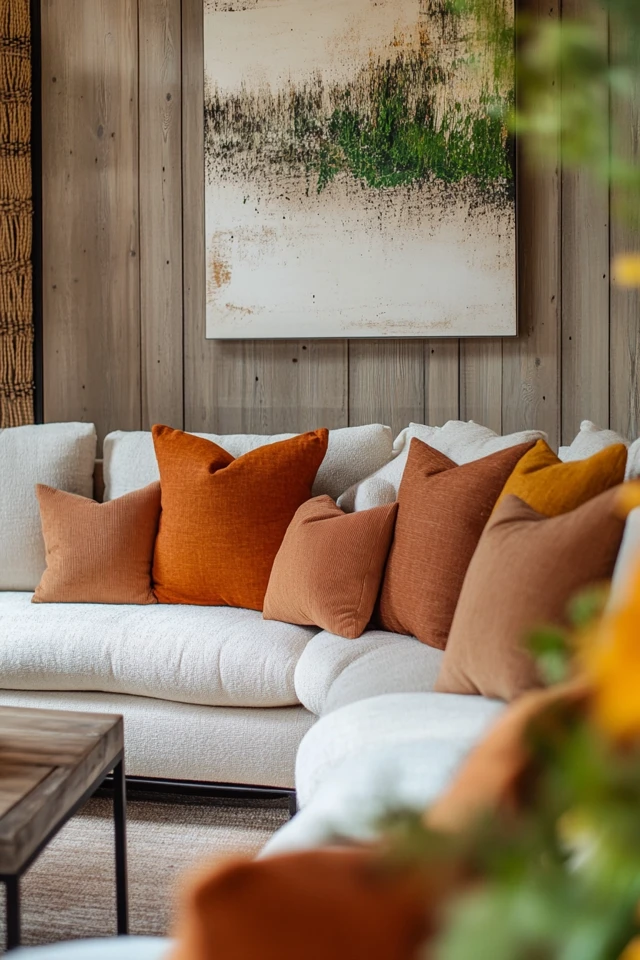Designing an aesthetic room is about more than just following trends or recreating what you see on Pinterest. It’s about crafting a space that feels uniquely you—a reflection of your personality, tastes, and lifestyle. Authenticity is what makes a room special, turning a stylish design into a personal sanctuary. I learned this lesson the hard way when I once tried to design a room entirely based on a magazine spread. While it looked picture-perfect, it felt strangely hollow and impersonal. It wasn’t until I added personal touches—a gallery wall of my travel photos and my grandmother’s vintage lamp—that the room started to feel like home.
Whether you’re starting from scratch or revamping your current space, this guide will help you create a room that balances aesthetics with authenticity. By focusing on intentional choices and meaningful details, you can design a space that is both beautiful and deeply personal. Let’s get started!
1. Define What “Aesthetic” Means to You
Everyone’s Aesthetic Is Different
The term “aesthetic” gets thrown around a lot, but it’s not one-size-fits-all. While some people love minimalism with clean lines and muted tones, others are drawn to vibrant, eclectic spaces full of bold colors and patterns.
Questions to Help Define Your Aesthetic
- What colors make you feel calm, happy, or inspired?
- Do you gravitate toward natural materials, modern finishes, or vintage finds?
- What kind of energy do you want your room to exude? Cozy? Energetic? Serene?
For me, my aesthetic is a mix of mid-century modern and boho, with warm woods, earthy tones, and lots of greenery. It took years of trial and error to figure that out, but now every room I design feels like an extension of me.
2. Start with a Vision Board
Why Planning Is Essential
A vision board helps you narrow down your ideas and see how different elements will work together. It’s also a great way to avoid impulse buys that don’t fit the overall vibe.
How to Create Your Vision Board
- Use Pinterest or a physical board to gather inspiration.
- Look for common threads in your saved images—like specific colors, materials, or layouts.
- Include personal items you already own, like a favorite piece of furniture or artwork.
I once created a vision board for a client who loved coastal decor but didn’t want it to feel overly nautical. We incorporated soft blues, natural textures, and abstract art to strike the perfect balance.
3. Choose a Cohesive Color Palette
The Backbone of Your Design
Your color palette sets the tone for the entire room. A cohesive palette makes even a busy or eclectic space feel pulled together.
Tips for Choosing Colors
- Stick to 2–3 primary colors and 1–2 accent colors.
- Use neutral tones (white, beige, grey) as a base to keep the space grounded.
- Incorporate colors you love and can live with long-term.
In my bedroom, I chose a neutral palette of warm whites and soft greys, with pops of terracotta and sage green. It feels serene yet lively, perfectly capturing my personality.
4. Incorporate Textures and Layers
Why Texture Adds Depth
Aesthetic rooms often feature a mix of textures to create visual and tactile interest. Without texture, a room can feel flat, no matter how stylish it is.
Easy Ways to Layer Textures
- Combine soft textiles (like velvet or linen) with rougher materials (like wood or jute).
- Add throw pillows and blankets in different fabrics and patterns.
- Use rugs to anchor furniture and add warmth.
In one of my designs, I paired a sleek leather sofa with a chunky knit throw, a wool area rug, and woven baskets. The interplay of textures made the room feel inviting and layered.
5. Personalize with Meaningful Decor
Add a Touch of “You”
Your room should tell your story. Incorporating personal items and meaningful decor pieces makes the space feel authentic and special.
Ideas for Personal Touches
- Display travel souvenirs or heirlooms.
- Create a gallery wall with your own photos or art.
- Include books, hobbies, or collections that reflect your interests.
I once styled a client’s home office with vintage cameras from their collection and framed prints of their favorite quotes. These little touches made the space uniquely theirs.
6. Strike a Balance Between Function and Style
Prioritize Practicality
Aesthetic rooms shouldn’t just look good—they should work for your lifestyle. Whether it’s storage, seating, or lighting, every element should serve a purpose.
Tips for Functional Design
- Invest in multifunctional furniture like storage ottomans or convertible sofas.
- Use baskets or decorative bins to keep clutter out of sight.
- Layer lighting (overhead, task, and ambient) for a versatile setup.
For a small apartment project, I designed a living room with a fold-out coffee table that doubled as a desk. It was stylish but also incredibly practical for the client’s needs.
7. Mix High and Low Pieces
Aesthetic Doesn’t Have to Mean Expensive
Combining high-end and affordable items is key to creating a polished, authentic room without blowing your budget.
Ideas for Mixing High and Low
- Splurge on a statement piece (like a sofa or bed) and save on smaller accents (like rugs or throw pillows).
- Thrift or DIY unique decor pieces to add character.
- Use affordable basics (like IKEA shelves) as a foundation, then customize them with paint or hardware.
In one client’s room, we paired a luxury velvet armchair with a thrifted coffee table and DIY artwork. The mix felt intentional and high-end.
8. Embrace Imperfection
Authentic Spaces Aren’t Perfect
Perfection isn’t the goal—authenticity is. It’s okay if your space doesn’t look like a showroom. A lived-in feel adds charm and personality.
How to Embrace Imperfection
- Mix and match styles or eras instead of sticking to one theme.
- Let personal items take center stage, even if they don’t “match.”
- Keep some empty space to allow your room to evolve over time.
In my own living room, I display mismatched vases and handmade ceramics. They’re not “perfect,” but they’re meaningful to me, and they make the space feel authentic.
9. Bring in Nature
Why Nature Grounds a Space
Natural elements like plants, wood, and stone add a sense of calm and balance to any room. They’re also versatile and work with almost every aesthetic.
Ways to Incorporate Nature
- Add plants like a monstera, snake plant, or pothos for greenery.
- Use natural materials like rattan, wicker, or reclaimed wood.
- Incorporate natural light by using sheer curtains or mirrors to reflect it.
In a recent design, I used a large fiddle-leaf fig tree in the corner of the room and added rattan light fixtures. The organic elements softened the space beautifully.
10. Allow Room for Growth
Your Aesthetic Will Evolve
A truly authentic room is never “finished.” It should grow and evolve with you over time. Leave space for future finds, new hobbies, and changing tastes.
How to Design for Flexibility
- Choose timeless, versatile furniture as your foundation.
- Rotate decor seasonally or as your interests change.
- Keep an open mind and let your space reflect your current phase of life.
My own home has evolved over the years, with new art, furniture, and even plants finding their way into the mix. It’s a constant work in progress, and that’s what makes it feel alive and authentic.
Picture Gallery
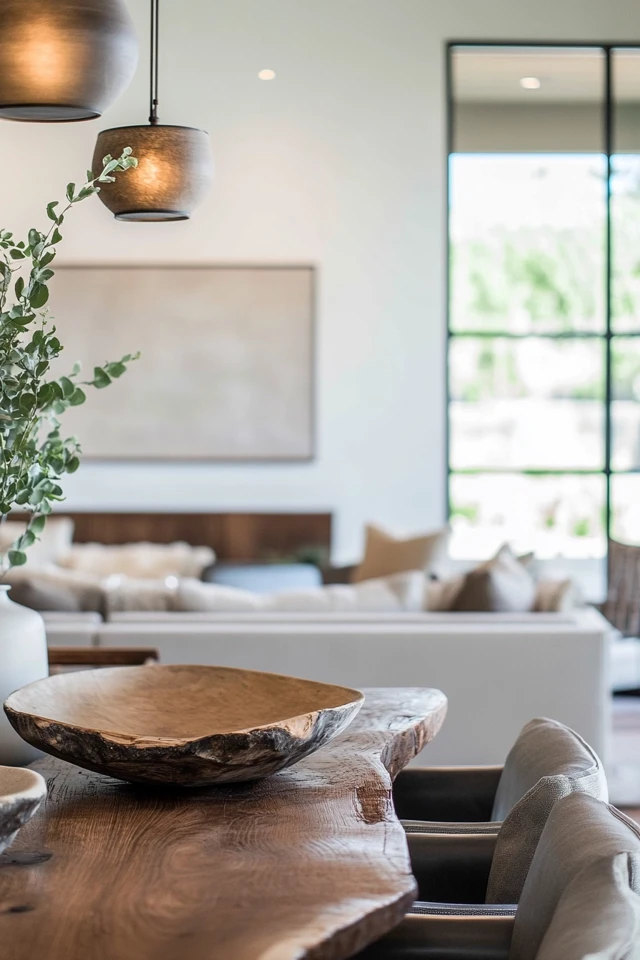
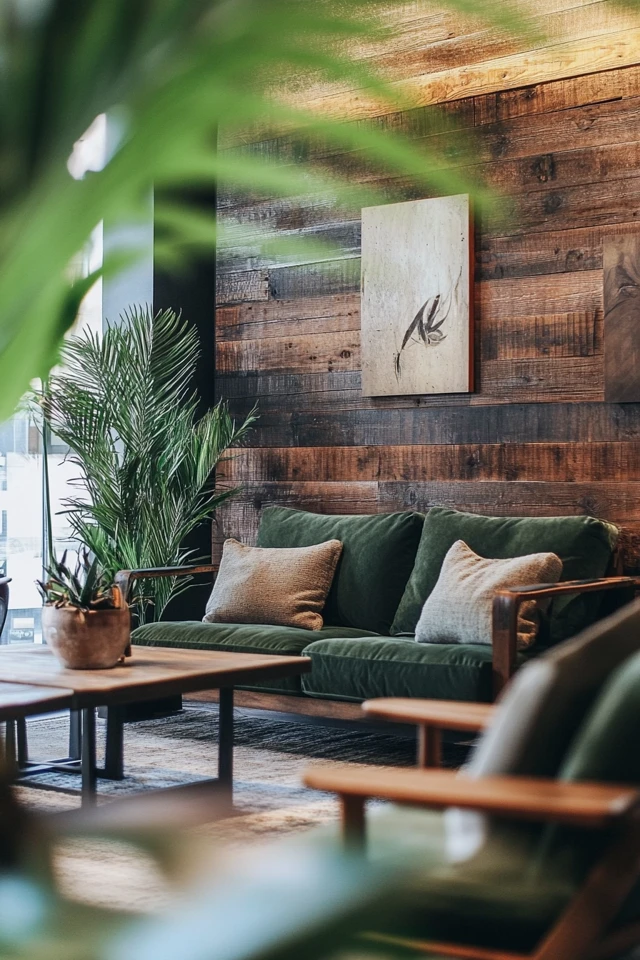

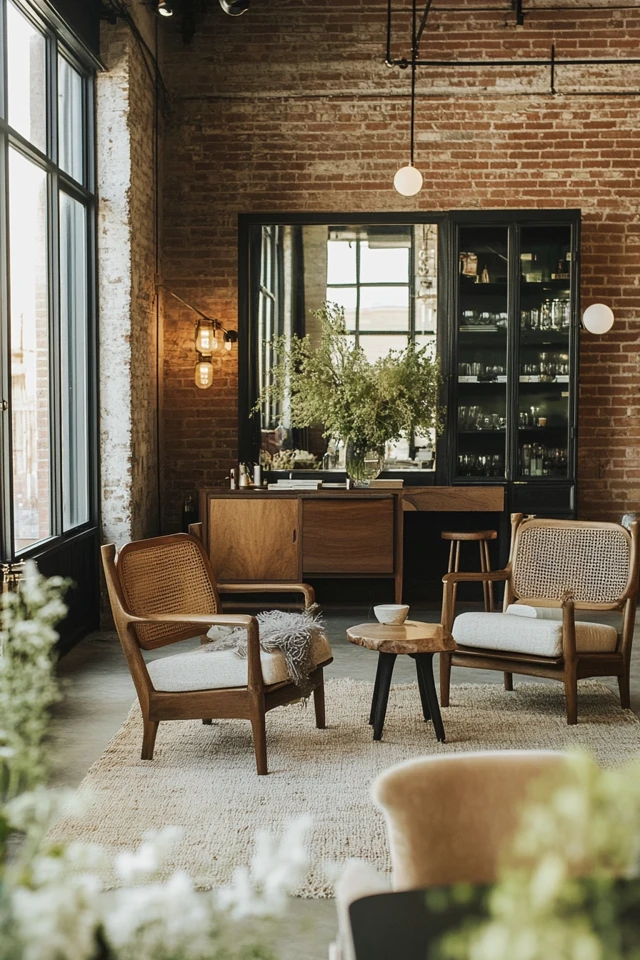
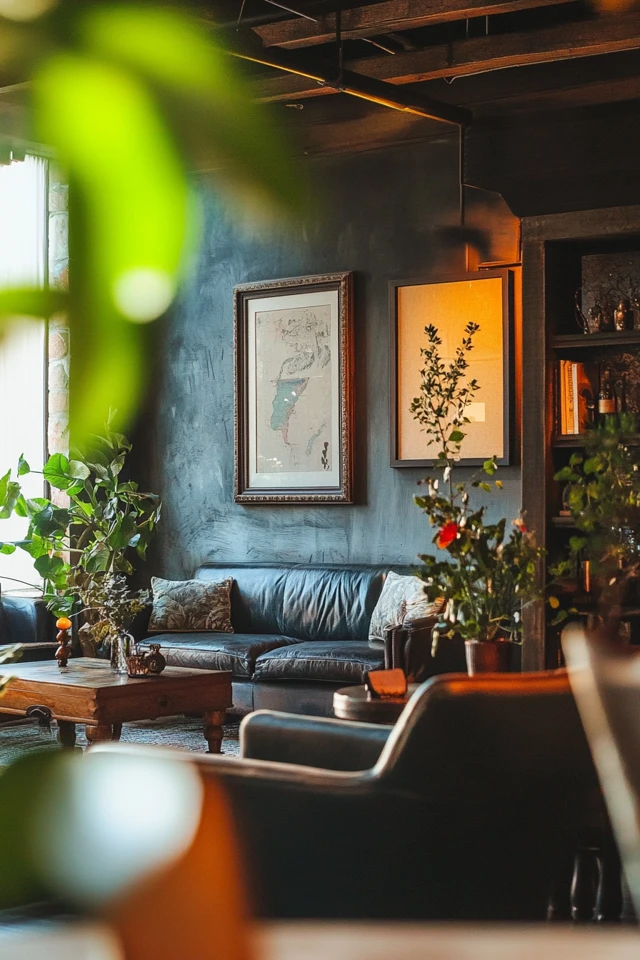
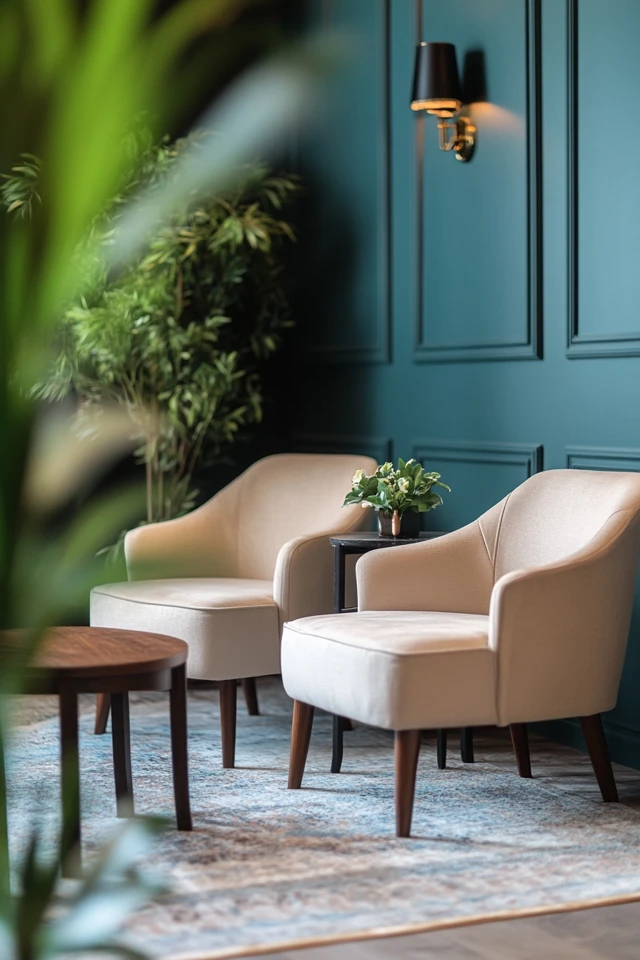


Conclusion
Designing an aesthetic room that feels authentic is all about creating a space that reflects who you are. It’s not about copying trends or achieving perfection; it’s about curating a room that tells your story and supports your lifestyle.
Looking back at my own journey as a designer, I’ve realized that the best rooms are the ones filled with meaning. A hand-me-down chair, a thrifted lamp, or a piece of DIY art often holds more value than the most expensive piece of furniture. Authenticity comes from the heart, and your room should be a place where you feel completely at ease.
So take your time, experiment, and don’t be afraid to make mistakes. The process of designing your space is just as important as the end result. Let it evolve, and most importantly, make it yours.
FAQ
How can I make my room feel more authentic?
Add personal touches like family photos, heirlooms, or decor that reflects your interests. Avoid copying trends directly and focus on what resonates with you.
What’s the first step in designing an aesthetic room?
Start by defining your aesthetic. Create a vision board to gather inspiration and identify common themes or colors that appeal to you.
Can I mix different styles in one room?
Absolutely! Mixing styles adds personality and authenticity. The key is to use a cohesive color palette or consistent materials to tie everything together.
How do I create an aesthetic room on a budget?
Thrift or DIY decor items, focus on affordable basics, and mix high and low pieces. Prioritize quality for big-ticket items like furniture.
What if my aesthetic changes over time?
That’s completely normal! Design your room with timeless foundations and leave room for growth. Swap out decor or accessories as your tastes evolve.

